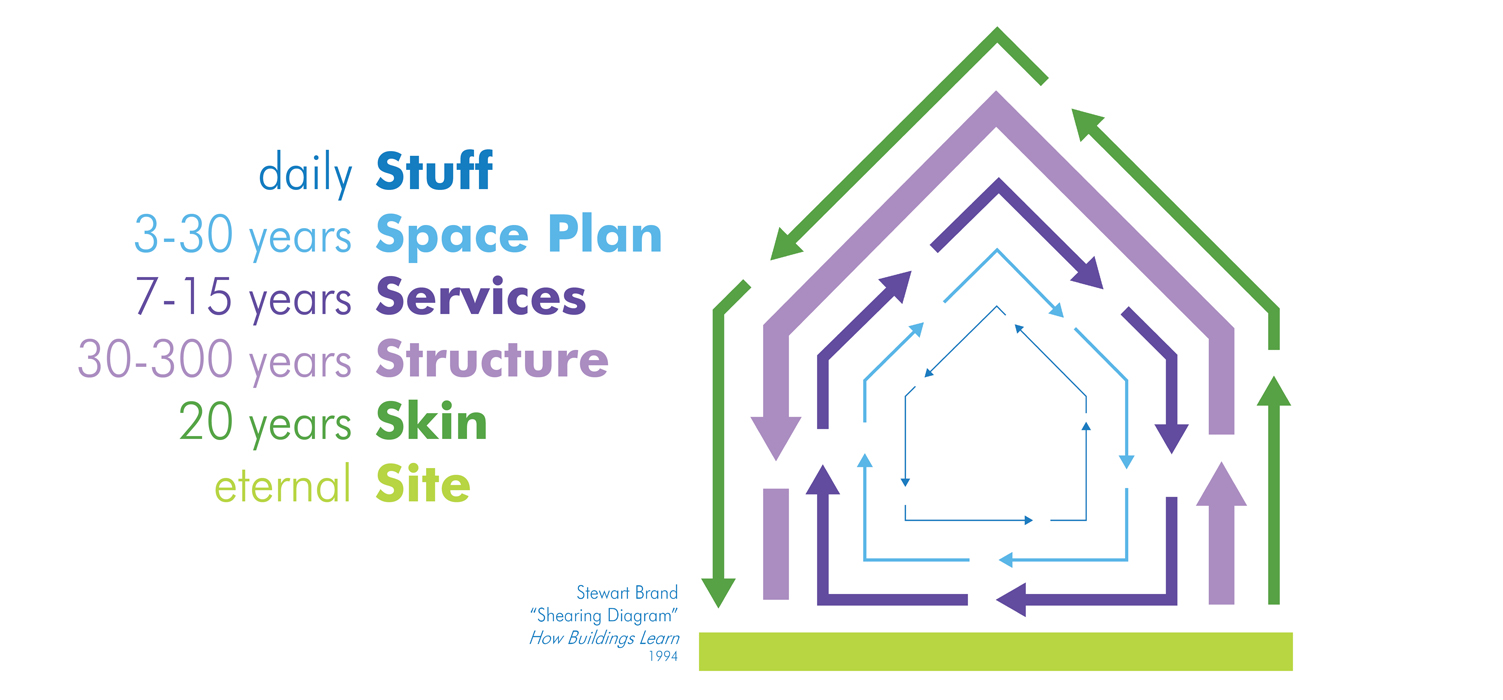How Does Architecture Respond To The Principles Of Adaptive Reuse And Regeneration?

Have you ever heard of adaptive reuse? It's a fancy term used in architecture and design to describe the process of taking an existing building and repurposing it for a new use. This can range from converting an old warehouse into luxury apartments, to turning a school building into a community center.
Adaptive reuse is a great way to breathe new life into older, historic buildings, while also reducing waste and minimizing the need for new construction. There are many benefits to this type of design approach, including:
Preserving Historic Buildings
One of the main benefits of adaptive reuse is the ability to preserve historic buildings that might otherwise be torn down. Many older buildings have unique architectural features and details that are not found in modern construction. By repurposing these buildings, we can preserve their character and history while also giving them a new purpose.
Reducing Waste
Adaptive reuse is also a sustainable design practice that helps reduce waste. Rather than demolishing an older building and sending its materials to a landfill, we can repurpose those materials for a new use. This helps reduce the amount of waste generated by construction projects and minimizes the environmental impact of new construction.
Creating Unique Spaces
Another benefit of adaptive reuse is the ability to create unique and interesting spaces. When designing a new building from scratch, there are often limitations on what can be built due to zoning laws, building codes, and other regulations. However, with adaptive reuse, designers are working within an existing framework and can often create more interesting and unique spaces that are not possible with new construction.
Boosting Economic Development
Adaptive reuse can also be a powerful tool for boosting economic development in a community. By repurposing older buildings, we can bring new businesses and organizations into existing neighborhoods. This can help revitalize areas that may be struggling and bring new life to these communities.
Preserving Transportation Infrastructure
In addition to buildings, adaptive reuse can also be applied to transportation infrastructure. For example, old railroad lines can be repurposed as bike trails or walking paths. By preserving these transportation routes, we can create new, sustainable transportation options that don't require new construction.
Improving Accessibility
Adaptive reuse can also be used to improve accessibility in communities. For example, an old office building could be repurposed as a community center that provides services and resources for people with disabilities. By repurposing existing buildings, we can create more accessible spaces without the need for new construction.
Creating Affordable Housing
Finally, adaptive reuse can also be used to create more affordable housing options. By repurposing old buildings into apartments or condos, we can provide more housing options without the need for new construction. This can be especially helpful in areas where the cost of living is high and new construction is expensive.
Conclusion
Adaptive reuse is a powerful tool for architects and designers. By repurposing older buildings, we can preserve history, reduce waste, create unique spaces, boost economic development, improve accessibility, and create more affordable housing options. If you're interested in learning more about this design approach, talk to an architect or designer today!
FAQ
What is adaptive reuse?
Adaptive reuse is the process of taking an existing building and repurposing it for a new use. This can range from converting an old warehouse into luxury apartments, to turning a school building into a community center.
Why is adaptive reuse important?
Adaptive reuse is important because it helps preserve historic buildings that might otherwise be torn down. It also helps reduce waste and minimizes the need for new construction, which can be expensive and environmentally damaging. Additionally, adaptive reuse can create unique spaces, boost economic development, improve accessibility, and create more affordable housing options.
How can I use adaptive reuse in my own projects?
If you're interested in using adaptive reuse in your own projects, talk to an architect or designer who specializes in this area. They can help you identify opportunities for repurposing existing buildings and develop a plan for how to best use these spaces.
What are some examples of adaptive reuse?
There are many examples of adaptive reuse, including:
- Converting an old warehouse into luxury apartments
- Turning a school building into a community center
- Repurposing an old church as a restaurant or event space
- Transforming an old factory into a mixed-use development
- Converting an old railroad line into a bike trail or walking path
How does adaptive reuse benefit the environment?
Adaptive reuse benefits the environment by reducing waste and minimizing the need for new construction. By repurposing existing buildings and materials, we can reduce the amount of waste generated by construction projects and minimize the environmental impact of new construction.


Post a Comment for "How Does Architecture Respond To The Principles Of Adaptive Reuse And Regeneration?"